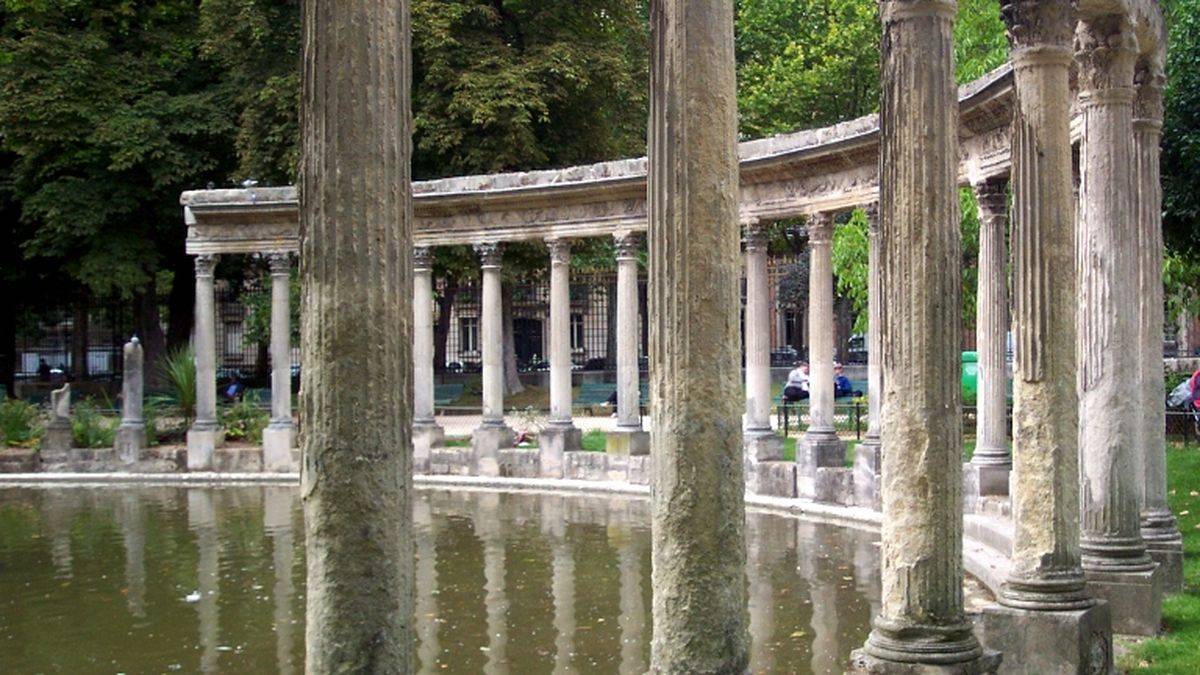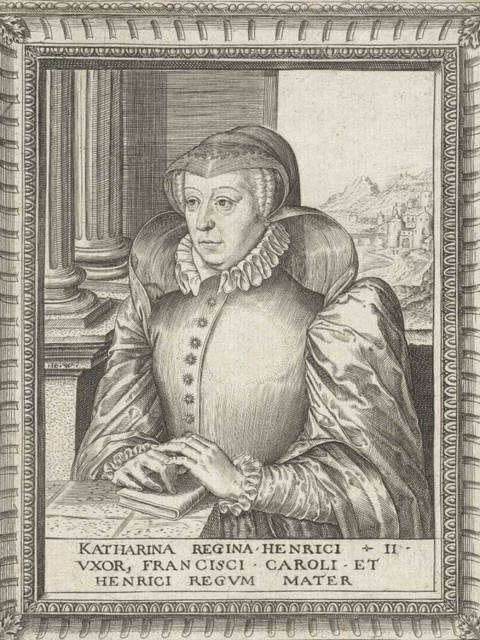 The Naumachie | ©Anecdotrip.com / CC-BY-NC-SA
The Naumachie | ©Anecdotrip.com / CC-BY-NC-SAThe park Monceau was landscaped upon a former garden... upon the former folie de Chartres raised for the duke d’Orléans, Louis-Philippe, between 1769 and 1773! A folie was the fashionable word used at that time by the upper crust, to say «country cottage». A «house in the leaves», since folia means in Latin «leave»...
Besides, on the boulevard de Courcelles, we have a rotunda: the pavillon de Chartres (Chartres detached house), raised in 1787 by architect Ledoux! The place where guards of the mur des Fermiers Généraux had their office, on the ground floor and on the first floor... while the duke fit out a nice cosy room on the second floor, with a pretty nice view.
And in 1778, the duke started to plant trees on his plot of land: he wanted to landscape a nice landscaped park. He put the painter and landscaper Carmontelle in charge of the designing... At that time, we had a Chinese portico, several detached houses: the Blue one, the Transparent one...
Then, hothouses then a false grotto guarded by a faun with a torch in each hand. A little river ran next door, among flowers and grass. Then, we had: the Egyptian pyramid, the Yellow garden, the Tartar tent, the Marble temple, the Italian vineyard, the Swing copse...
One gallery, says the book Histoire anecdotique des barrières de Paris (Alfred Delvau), «was full of red sand and full of blossoming trees in winter: lilacs, Indian nut trees, palm-trees, cherry trees, banana trees, coffee trees... We could see crystal lanterns hung to their branches.»
But now, let me introduce the Naumachia. We still can see it today! Come: it’s this big round pond surrounded by columns. Columns coming from the former Notre-Dame-de-la-Rotonde chapel, raised by the queen Catherine of Medici. Adjoining the basilica of Saint-Denis, she wanted to be bury here with her husband Henri II.
But the chapel was destroyed in 1719. It was named after the naumachia, a naval battle Romans were fond of. Well, today, nothing remain from the duke’s folie, because of the opening of the boulevard Malesherbes in 1860, which reduced the park.

